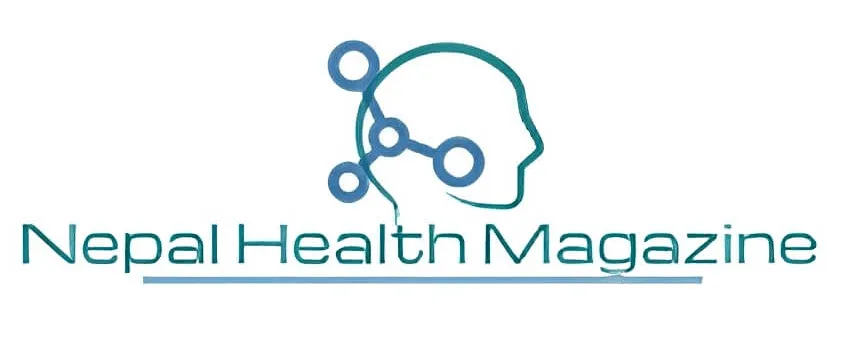Illicit Trade Of Tobacco In Nepal : Tobacco use is recognized as a global public health problem killing nearly 8 million people annually . Globally, an estimated 8.71 million deaths and 229.77 million disability-adjusted life years (DALYs) were associated with tobacco use in 2019, with cardiovascular disease, neoplasms, and chronic respiratory diseases identified as the leading causes of mortality. Although there has been a historical decline in tobacco-related deaths from 1990 to 2019, mortality rates and the burden of disabilities have consistently remained higher in countries with low to middle incomes . The WHO South-East Asia (SEA) Region, which is one of the largest consumers and producers of tobacco products, encounters 1.6 million deaths annually due to tobacco-related health complications. The prevalence of smokeless tobacco is still very high in this Region, and youth tobacco use is a source of deep concern . Consequently, the implementation of strict tobacco control strategies is imperative to accelerate the decline in the overall prevalence of tobacco use. The illicit trade of tobacco also contributes significantly to the tobacco-related disease burden. The global estimate of the size of the illicit cigarette market is 11.6%.
Evidence from literature review
In Nepal, sales of single-stick cigarettes are prevalent, similar to India and Bangladesh. Considering this fact, a recent study surveyed the littered packs from retailers to estimate the extent of illicit cigarette market . From a day’s loose cigarette sales, 4307 empty cigarette packs were collected from 1204 retailers of cigarettes.
A cigarette pack was classified as illicit if it had at least one of the following features:
- (a) no authentic excise duty sticker
- (b) no graphic health warning
- (c) no mention of ‘maximum retail price/MRP’
- (d) no production date, name, address and trademark.
The primary sampling units covered wide variety of locations including different rural/urban regions, geographic divisions, border/non-border to India, and tobacco factory locations. The study found only 0.33% of the cigarette packs were illicit, which is lower than the estimates in the neighboring countries India and Bangladesh. This represents less than 1 in every 200 packs were illicit. In contrast, industry estimates suggest the same to be at least 25%.
Evidence from tax-gap analysis
Estimates from a tax gap analysis for Nepal is not available in published literature. We estimated cigarette consumption for the year 2019 using STEPS 2019 survey. Cigarette price and tax 9 rate were extracted from WHO country profile. However, our attempt to estimate the illicit trade using tax gap method came to a halt due to lack of cigarette specific tax revenue data. We calculated tax owed from cigarettes to be around 9.9 billion NPR and tax collected from all tobacco products were reported to be 18.5 billion NPR in 2019. The remainder of 8.6 billion NPR worth of tax revenue may have come from other tobacco products. It is difficult to draw a strong conclusion about the magnitude of illicit trade from these data. Although, further investigation is warranted for more concrete evidence; however, the collected tax volume is large enough to somewhat reasonably rule out the possibility of a large illicit market of cigarettes in Nepal.
On final note ,In conclusion, the evidence from both the literature review and tax-gap analysis provides valuable insights into the extent of illicit trade of tobacco in the South-East Asia region, particularly in Nepal. While the literature review reveals that the prevalence of illicit cigarette packs in Nepal is relatively low compared to neighboring countries like India and Bangladesh, the tax-gap analysis indicates challenges in estimating the magnitude of illicit trade due to the lack of specific tax revenue data for cigarettes. Despite this limitation, the substantial tax revenue collected from tobacco products suggests that the illicit market may not be as significant as previously thought. However, further investigation is necessary to fully understand and address the complexities of illicit tobacco trade in Nepal.
Note : This section is derived from the document available here and full article can be found here.
- Anti-Tobacco Video Contest
- Health Officer |YAC | Nursing jobs latest
- Self-Care Month 2024 | WHO
- Antimicrobial resistance | A top global health threat
- Community Outreach Coordinator | Our Sansar | ngo jobs 2024
- WHO bacterial priority pathogens list, 2024 | latest WHO document
- Research Officer | TPO Nepal | ngo jobs 2024
- World Hypertension Day 2024 | Know theme
- Staff Nurse | INF Nepal | ngo jobs 2024
- Vacancy for Sr. Program Officer | NGO Jobs | SISo Nepal
- Webinar on World Hand Hygiene | Register today
- World’s First 5-in-1 vaccine against meningitis | Men5CV
bachelor jobs bph jobs health health for all health guidelines new health jobs healthjobs healthjobs in nepal health jobs vacancy health public health update ingo jobs jobs after passing bachelor jobs for bph jobs in nepal jobs in ngo ngo jobs ngo jobs vacancy ngo jobs vacancy for bph ngo job vacancy 2021 nurse jobs nurse jobs 2021 nurse vacancy nursing insurance nursing job nursing jobs nursing jobs 2021 nursing jobs in nepal nursing law nursing officer Nursing Vacancy Public health Public health concern public health important days Public health in Nepal publichealth jobs publichealthjobs public health updated Staff Nurse Staff Nurse and HA Vacancy | Nepal Army 2021 staff nurse vacancy staff nurse vacancy in ngo 2021 nepal staff nurse vacancy kathmandu who guidelines WHO official

Hey ! I am Nepal Health Magazine Bot , yet powerful enough to approve, disapprove , delete, ban anything and anyone.



